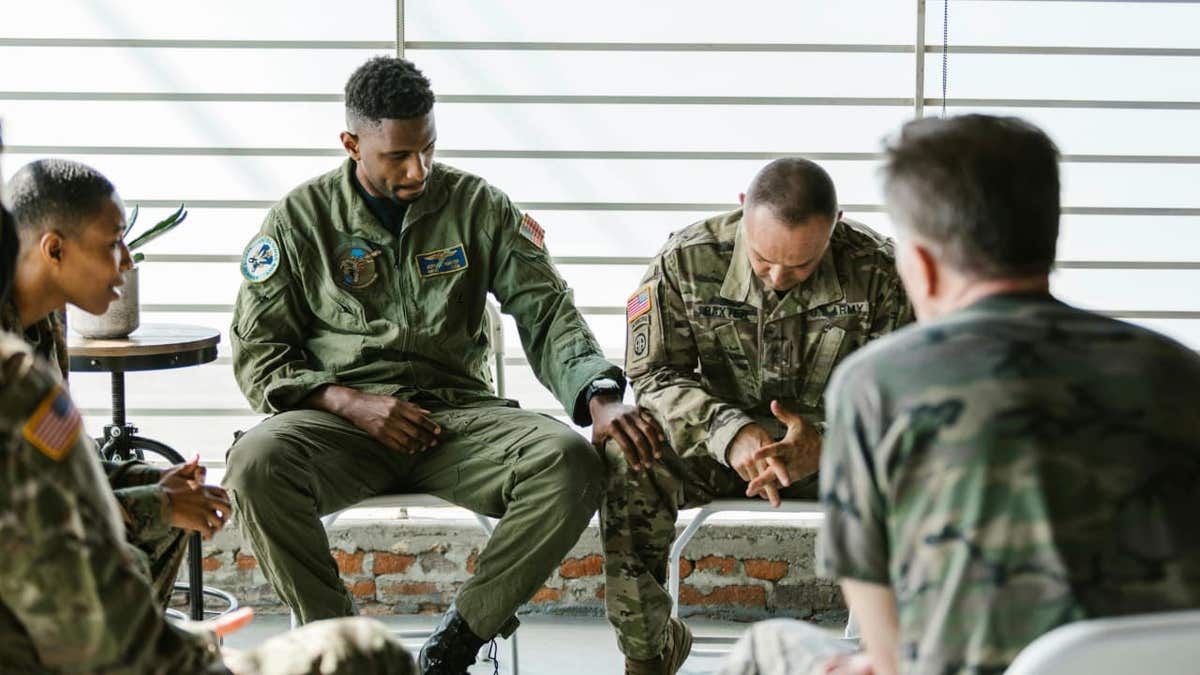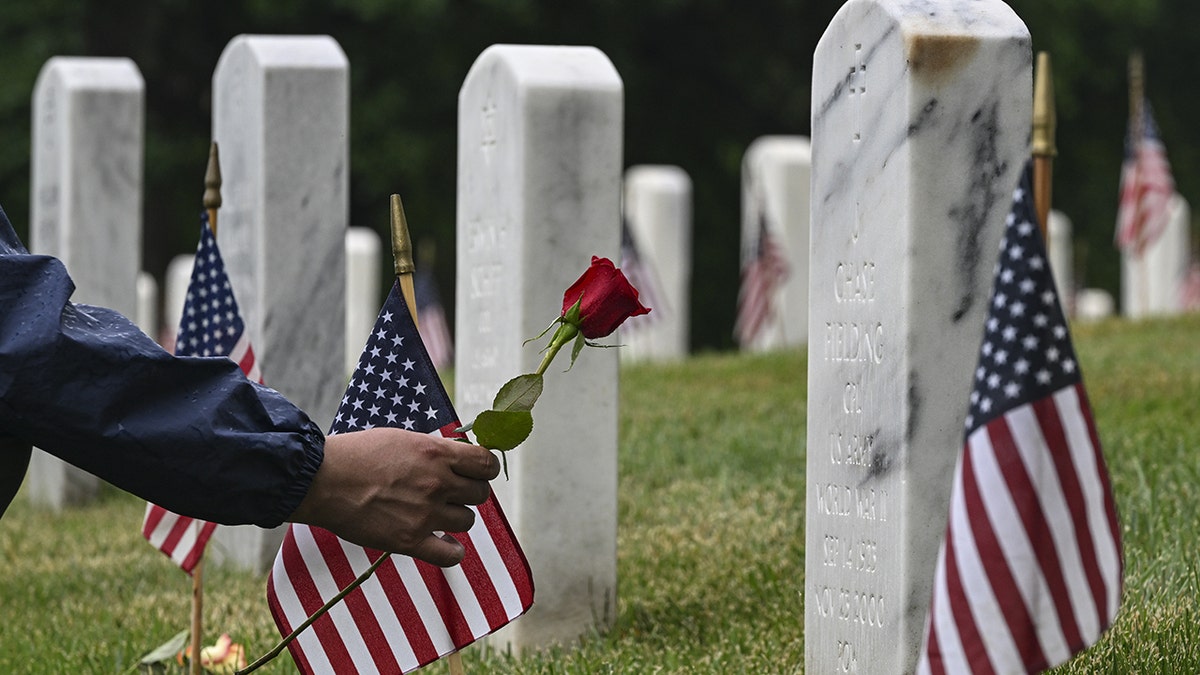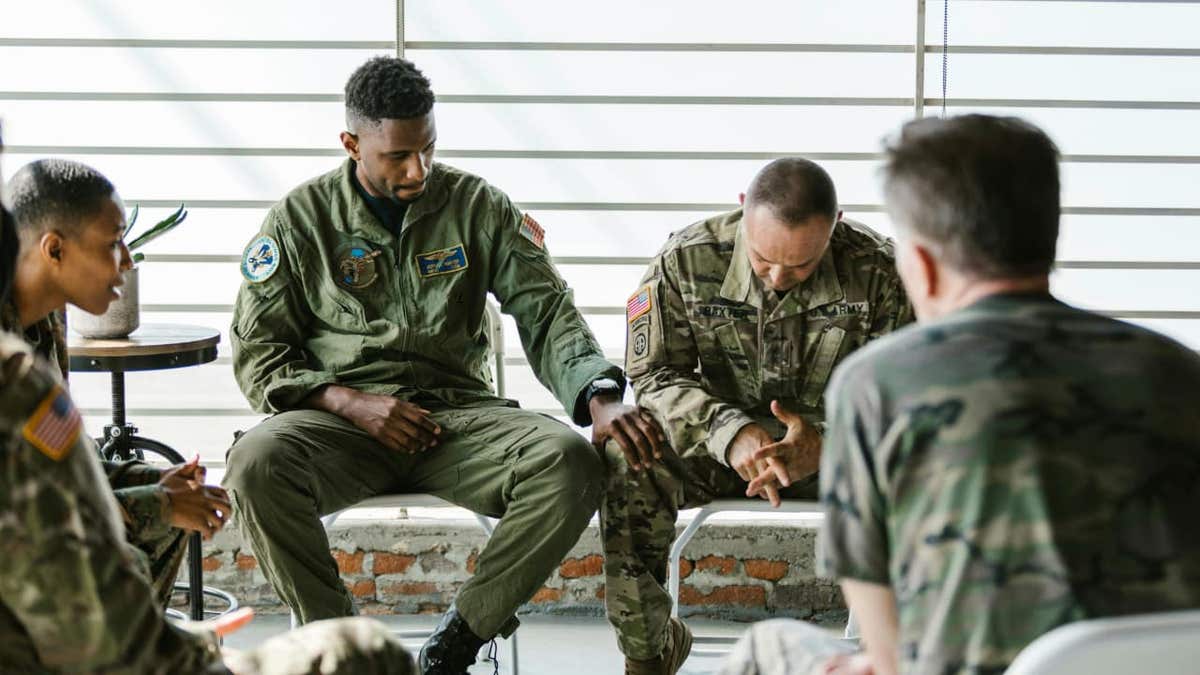Military suicides ticked up once again last year, following a dark long-term trend where the Pentagon has struggled to make meaningful progress.
Overall, there were 523 reported suicides in 2023, the most recent data available, up from 493 in 2022. The number of active-duty troops who died by suicide increased to 363 from 331 the previous year, up 12%.
Suicide is by far the biggest killer of service members, killing more than training accidents, illnesses, homicides or combat, according to the Defense Department (DOD). In addition to the sheer number, the rate of suicides per 100,000 also went up last year.
Suicide deaths by active duty service members have been on the rise since 2011.
The rates are similar to those among the general population when adjusted for age and gender, since the military tends to be predominantly young and male, defense officials said.
“While I know 12% may seem like a large change, reaching statistical significance requires changes in multiple factors, which are less visible in relatively small populations with relatively small event counts,” Dr. Elizabeth Clark, director of Defense Suicide Prevention Office, told reporters during a media roundtable.

Military suicides ticked up once again last year, following a dark long-term trend where the Pentagon has struggled to make meaningful progress. (Kurt “CyberGuy” Knutsson)
She argued the longer-term figures are more concerning than the year-over-year uptick.
“These longer-term analyses are more robust than the year-to-year comparisons, and for the longer term, we continue to see a gradual, statistically significant increase in the active component suicide rates from 2011 to 2023,” Clark said.
Another troubling sign from the data is how many suicide victims sought help: 67% had a primary care encounter in the 90 days before their death; 34% had been to an outpatient mental health center; 8% had been discharged from an in-patient mental health facility; and 18% were on psychotropic medication at the time of their death.
Within a year prior to their death, 44% of military suicide victims reported intimate relationship problems, and 42% reported a behavioral health diagnosis.
US FORCES TARGET HOUTHI WEAPONS STORAGE FACILITIES IN YEMEN OVER THE WEEKEND: CENTCOM
“Relationship problems have been one of the biggest factors across all of these, and that’s why we’re investing in our line of effort with fostering a supportive environment to give families overall better predictability of their career, stabilization options when they’re going to be seeing their service member at home versus not,” said Tim Hoyt, deputy director for the Pentagon’s Office of Force Resiliency.
The rising figure came after the Pentagon has spent hundreds of millions of dollars to tackle the rate of military suicides in recent years, and requested over half a billion dollars for the issue in 2025.
In 2022, Congress mandated that it set up the Suicide Prevention Response and Independent Review Committee to provide 83 recommendations for the Pentagon to address military suicides.

Overall, there were 523 reported suicides in 2023, the most recent data available, up from 493 in 2022. (Celal Gunes/Anadolu Agency via Getty Images)
The committee recommended improving the delivery of mental health care, addressing stigma and other barriers to care and revising suicide prevention training.
Defense Secretary Lloyd Austin, who established the committee, said the new findings “urgently demonstrate the need for the Department to redouble its work in the complex fields of suicide prevention and postvention.”
The largest increase in suicides was found in the Marine Corps, followed by the Army, Air Force and then Navy. Sixty-one percent of victims were enlisted males younger than 30.
Troops should expect to see “much more dynamic” suicide prevention training that “meets them where they are” going forward, Hoyt said.
CLICK HERE TO GET THE FOX NEWS APP
“I think we’ve heard loud and clear the message from the front lines that previous suicide prevention training–whether slide decks or just videos that people watch without any facilitation–were not working,” he said.
“In many cases, we may have had effective programs but weren’t measuring whether or not they were having a substantial impact on the overall number.”

